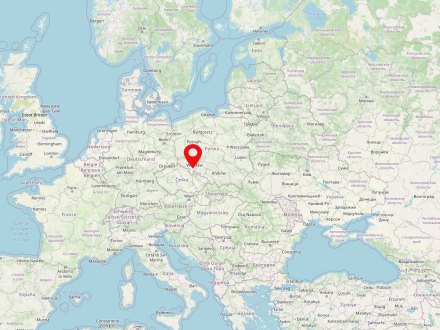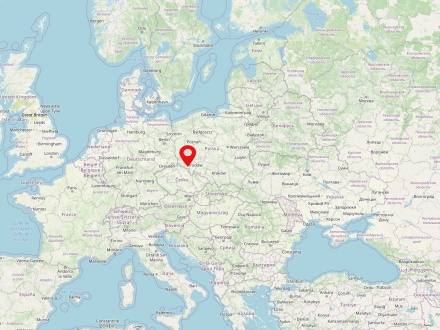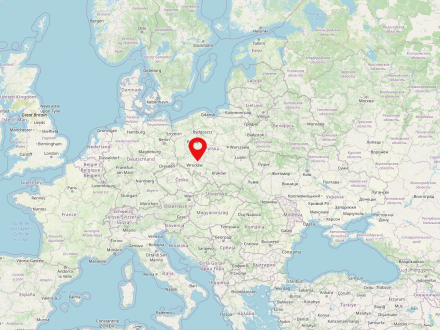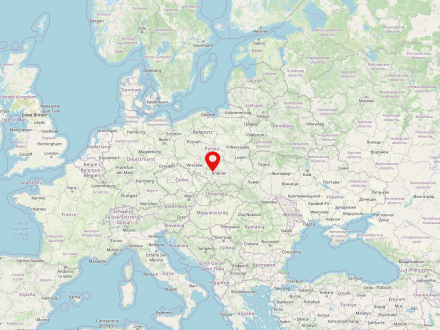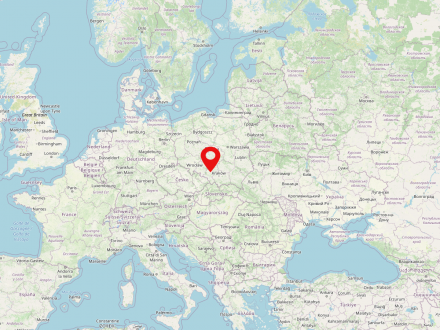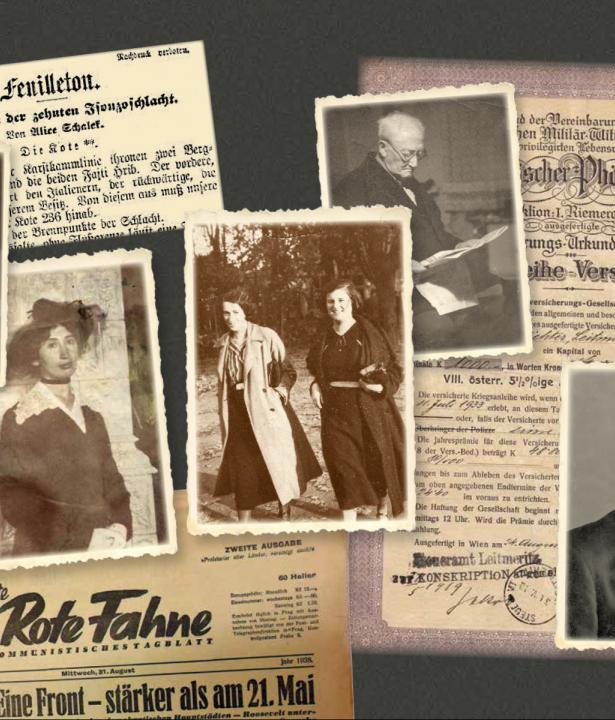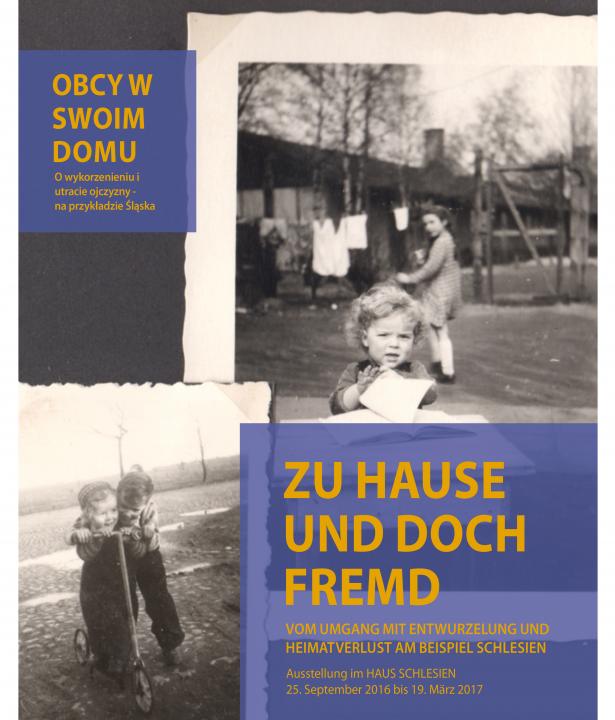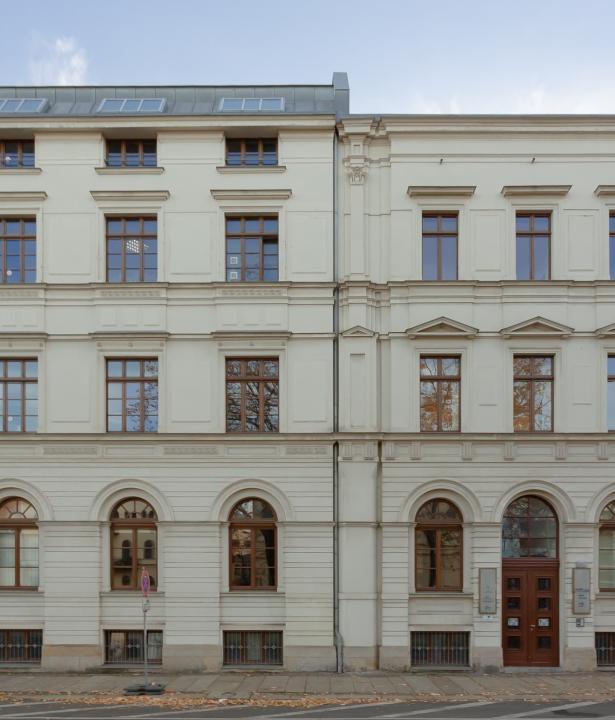Lower Silesia is a part of the region of Silesia, located in today's Poland, Germany and the Czech Republic. The historical capital of Lower Silesia is Wroclaw. The region is located on the Odra River and forms the northwestern part of Silesia.
Upper Silesia (Polish Górny Śląsk, Czech Horní Slezsko) is the southeastern part of Silesia in modern Poland and the Czech Republic. The area lies on the Odra River and a part of the eastern Sudeten Mountains. Opole (Polish: Oppeln) is regarded as the historical capital of Upper Silesia.
Henryków is a small village in Lower Silesia. It is part of the municipality of Ziębice (Münsterbeg) and is inhabited by 1,400 people. There is a Cistercian monastery in the village.
Kamieniec Ząbkowicki (German: Kamenz, also Camenz) is a town in southwestern Poland populated by 4,200 people. It is located in the Dolny Śląsk Voivodeship (Lower Silesia) on the Eastern Neisse (Polish: Nizina Kłodzka).
Krzeszów is a part of the municipality of Kamienna Góra (Landeshut) in the Polish Lower Silesian Voivodeship. The locality is inhabited by 1,400 people and is located in the southwest of the country. The Grüssau Monastery is located in the municipality.
Trzebnica is a town inhabited by 13,300 people in the Polish Lower Silesia Voivodeship. It is located not far from Wroclaw, the main city of the region. A famous Cistercian monastery is located in the municipality.
Jemielnica is a village in Opole Voivodeship in Poland. About 3,500 people live in the village, which since 2006 has been officially bilingual (German and Polish as official languages). There is also a famous monastery located there.
Nowadays, the former Cistercian monastery is once again owned by the church, more precisely by the diocese of
Gliwice is a large city in the Polish Voivodeship of Silesia in the south of Poland. The city is situated on the Klodnica River and is inhabited by about 177,000 people. It is part of the Upper Silesian Industrial Region and is located between Opole and Krakow.





